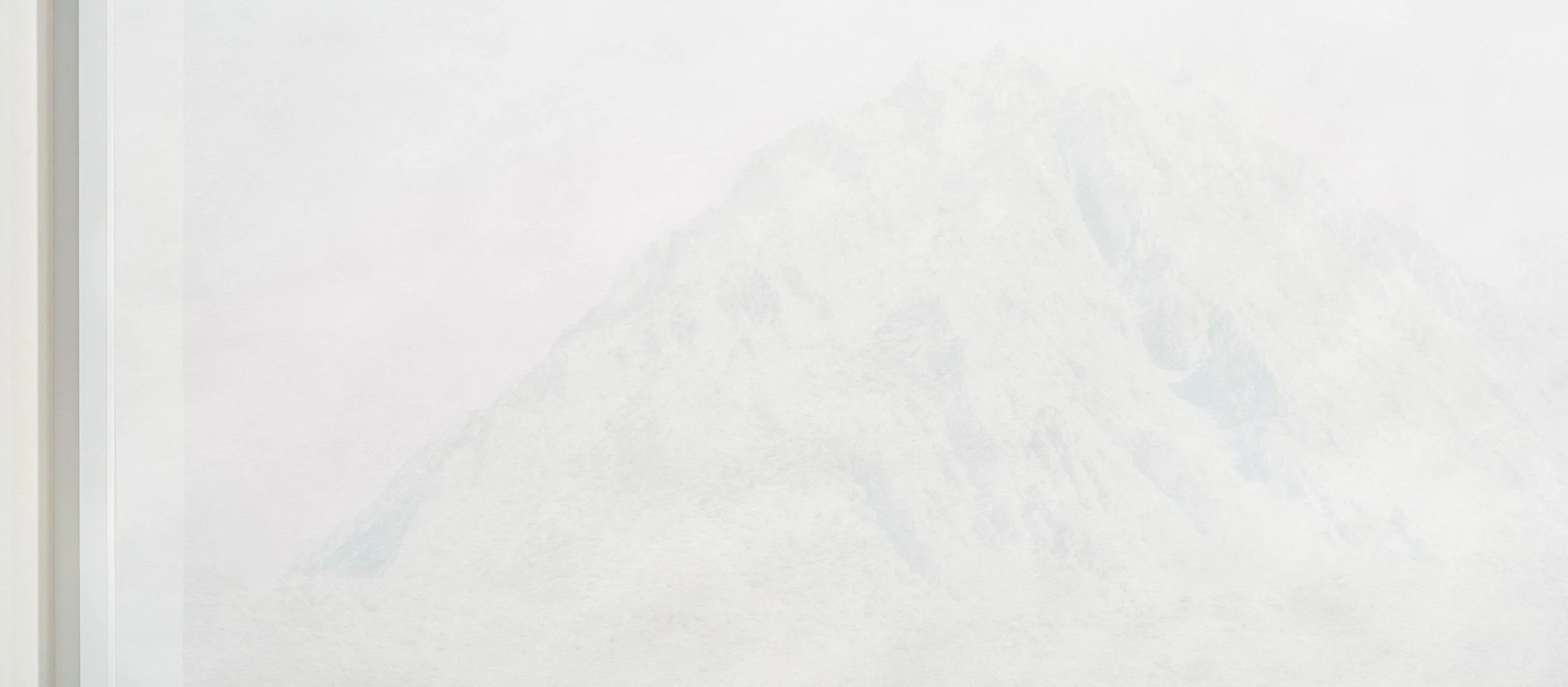“Wilderness hides its unnaturalness behind a mask that is all the more beguiling because it seems so natural. As we gaze into the mirror it holds up for us, we too easily imagine that what we behold is Nature when in fact we see the reflection of our own unexamined longings and desires.”
The Sierra Nevada Mountains spurred my love of the natural world and my involvement in photography. Growing up in a topographically lacking Midwestern suburb, my family’s annual trips to the Sierra instilled in me a sense of wonder and possibility. As a teenager, wanting to manifest these feelings in images, I taught myself photography using Ansel Adams’ books. My early artistic impulses fit right in with longstanding representations of the Sierra. From Albert Bierstadt and Carleton Watkins’ 19th century views through Adams’ oeuvre to modern Sierra Club calendars, the soaring granite peaks and clear, cold rivers and lakes are pictured as an archetypal kind of American wilderness, separated from human affairs. Of course, the Sierra was an exploited natural resource since European settlers arrived, and climate change makes clear that these places are not above human activities, but are subject to them.
I still go to the Sierra every year, and I still find myself awed and consoled there. However, a growing anxiety and anticipatory sense of loss now attends each trip. The physical signs of climate change become a bit more evident every year, and forest fires are a constant presence – be it smoke haze filling the sky or newly burned areas on my regularly traveled routes. Over the past few years, I have been building a body of work that seeks to express my conflicted feelings of awe and distress, and to reexamine the idea of wilderness that the Sierra has signified. My images are rooted in a direct connection to place in the moment of photographing, and are made using a large-format film camera. After returning to the studio, I spend a long time working digitally with the images. Some images are left “straight”. In some, I invert the colors – blue atmospheric haze becomes smoky yellow, cyan skies tinge sepia, green trees turn alien purples. In others, I wash out the image to the edge of visibility, leaving a trace that can seem more idea than physical place.
I photographed using a 4x5 film camera. I print these on a Japanese bamboo paper or, for the very washed out images, on a thin kozo paper. Sizes range between approximately 20” x 24” and 40” x 50”.
This project is in progress.





































